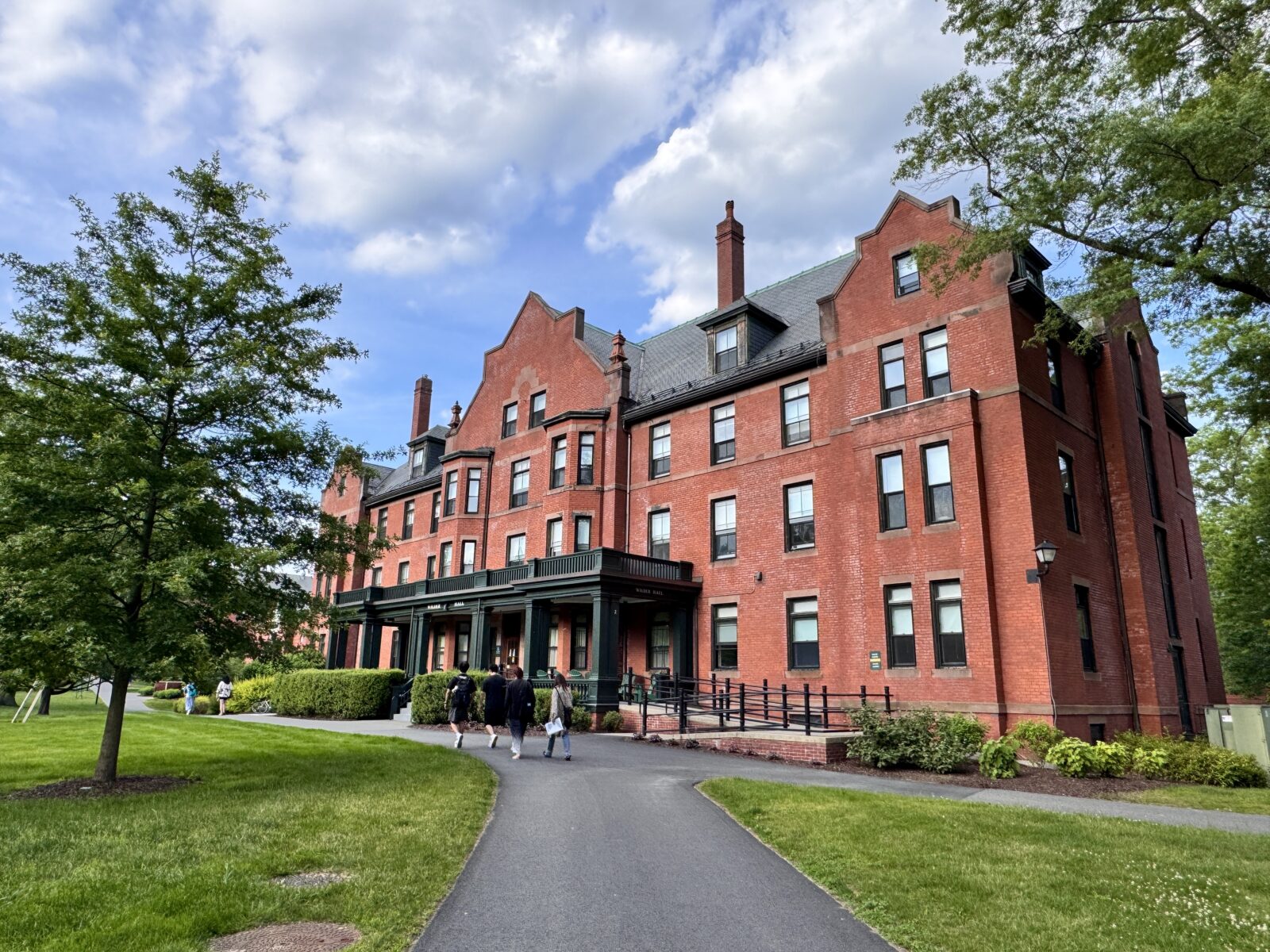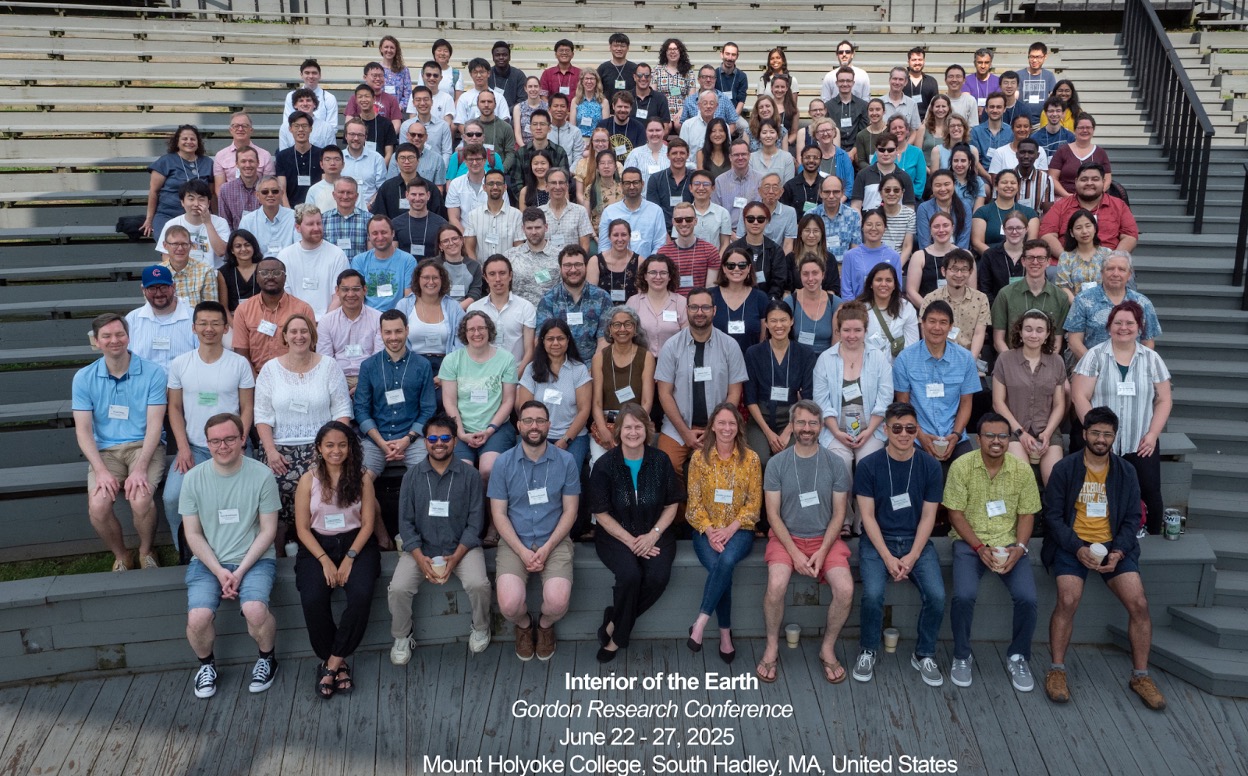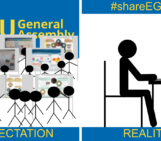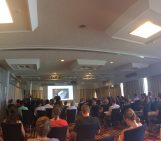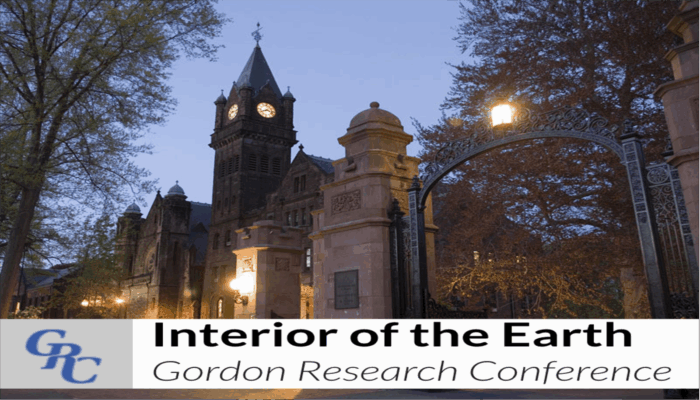
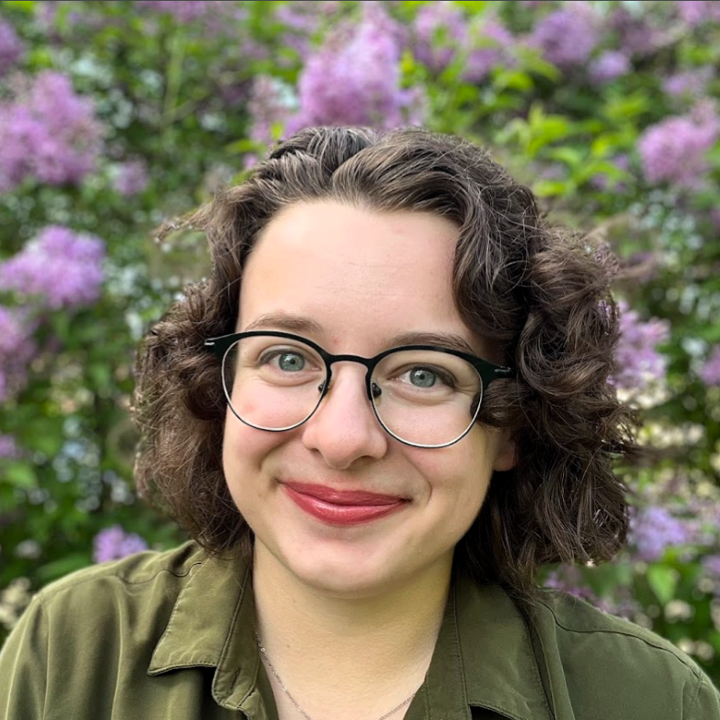
Heidi Krauss from the Department of Earth and Environmental Sciences at Michigan State University.
This week in News & Views, Heidi Krauss, a PhD student at Michigan State University, shares her experience co-chairing the 2025 Interior of the Earth Gordon Research Seminar, held at Mount Holyoke College in South Hadley, Massachusetts.
Earlier this year, I had the opportunity to help co-chair the Gordon Research Seminar (GRS) on the Interior of the Earth, held just before the main Gordon Research Conference (GRC). The GRS is a unique space for early career scientists to present their work, share ideas, and build connections in a welcoming, small-group setting. This year’s seminar reached maximum capacity, a testament to the enthusiasm and growing community of early career researchers investigating how volatiles shape our planet’s deep interior.
We also had an excellent lineup of talks and posters. Our memorable keynote presentation by Peter Barry explored the helium system with examples from Costa Rica and the Andes, demonstrating how geochemical tracers reveal processes happening across arc regions. Other talks highlighted how volatiles reduce core density and seismic velocities (Vs speeds) and how they influence melt transport through the crust. The poster session provided a valuable opportunity for early career researchers to practice presenting their work, especially those preparing for the GRC. It was also a fantastic chance to build connections, exchange ideas, and strengthen our research community.
To close off the meeting, we had a fantastic panel discussion. We were joined by panelists Michael Wong, Christina Couch, Lucy Jones, and Becky Nesel. It inspired me to reflect on how we communicate science beyond our academic circles. The panelists challenged us to think about how we talk to the public, give scientific presentations, engage with other researchers, and create effective outreach events. These conversations reminded me how important it is to make our work accessible and impactful, whether we’re speaking to fellow scientists or the broader public. I am excited to restart some outreach projects I have let fall to the wayside when I get back to MSU.
The GRS reminded me how essential it is to foster supportive spaces for early-career scientists. I left the seminar feeling inspired, better connected, and excited about the future of research on Earth’s deep interior. Keep your eyes open for the 2027 Interior of the Earth GRS, which will focus on the Earth’s deep interior and planetary interiors.

